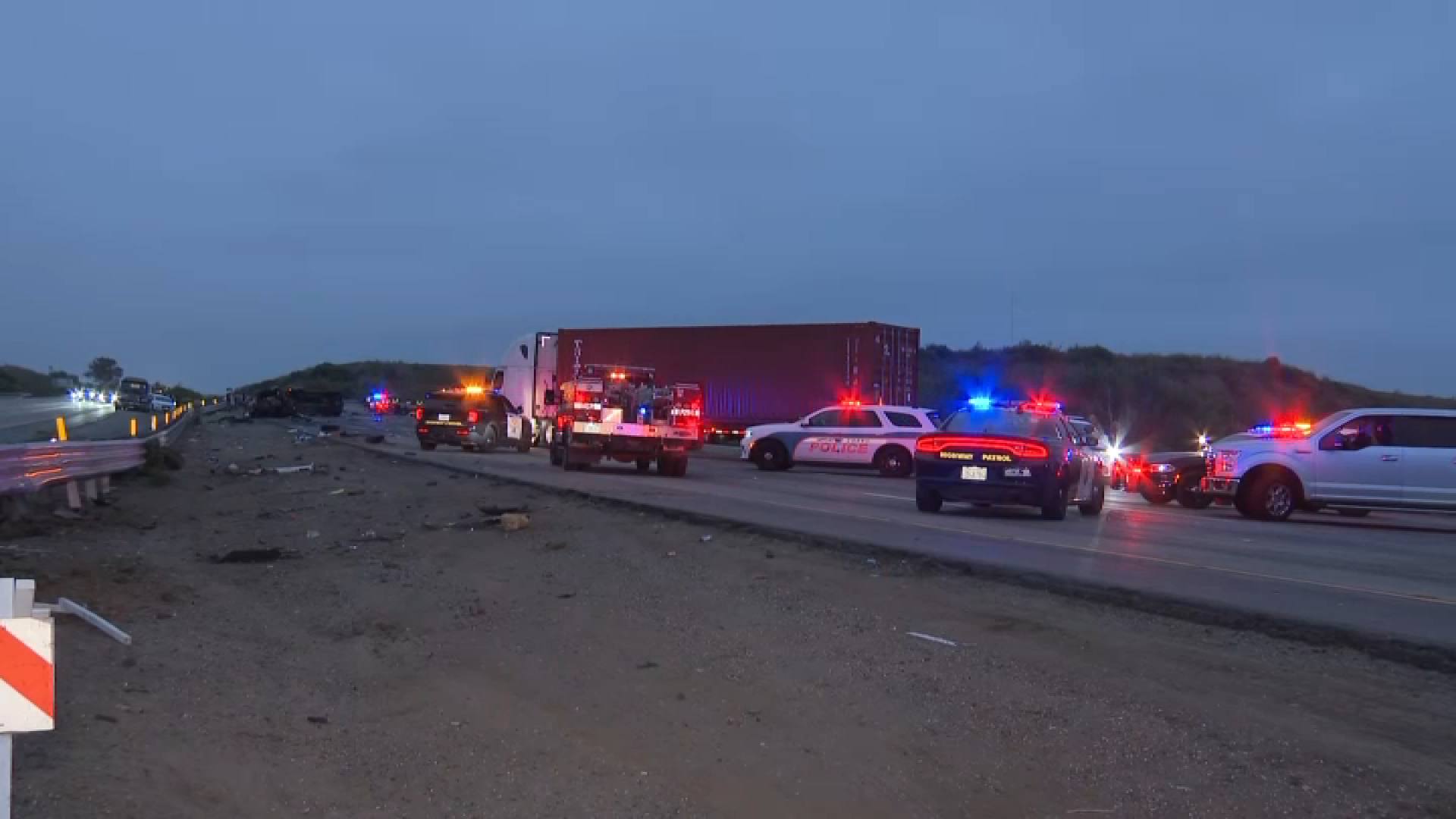
Thursday marked the first official day of summer, but it's also a time of the year when we move into peak wildfire season. At the Southern California Coordination Center in Riverside County, multiple agencies coordinate and manage resources that respond to wildfires across California.
Jennifer Ricci, the Southern Region Chief Staff of Operations says this joint intelligence operation between Cal Fire and the U.S. Forest Service sends wildfire resources to the southern half of the state. Her counterpart, David Raphael works as the Deputy Geographic Area Coordinate Center Manager.
"From Sacramento to the Mexican border, north-south, from the ocean to the Arizona, Nevada border," Ricci said.
The center is divided into multiple categories, sending resources from all over the state to current or emerging incidents. At the aircraft floor, it's a mix of old and new technology. Computers, a board of a map, and markers are the tools of the trade.
Get San Diego local news, weather forecasts, sports and lifestyle stories to your inbox. Sign up for NBC San Diego newsletters.
"It works because of the way the dispatches go," Ricci said. "You’re just moving it, you’re grabbing these, putting them there because it’s just immediate.”
During a wildfire immediate response is pertinent and relies on organization. Thursday, Ricci showed and described to NBC7 how the dozers, strike team, and other resources with wheels are kept track of. The system for keeping track of these resources previously relied on index cards, but recently they switched to a computerized system.
"It’s really easy for us to get that snapshot of the kind, the type, the agency supporting this," Ricci said.
Local
In the intel operations center, information is digested from multiple sources to monitor emerging and existing incidents.
“From cameras, from unmanned aerial systems, from boots on the ground.”
And now - new technology.
”We’ve worked with UCSD and they assisted us with this array of cameras and working AI into it," Ricci said.
Through AlertCalifornia, the coordination center can detect any anomaly that is detected don't on those cameras whether it be fire, smoke, or something else.
"This has assisted us in getting resources to the fire long before we even receive a 911 call and there have been times where this has detected a legitimate fire, we’ve started a response, those responding units have been able to get there, mitigate and a 911 call has never generated.”
A quick response that Ricci says has kept the state close to its goal of keeping 95-percent of wildland fires at 10 acres or less.
”As valuable as it is, we still have multiple people on the ground, validating, supporting and the ones that are actually out there taking the action.”
In addition to Cal Fire and U.S. Forest Service, several other agencies are part of the Southern California Coordination Center. Cal OES, U.S. Fish & Wildlife Service, U.S. Dept. of the Interior Bureau of Land Management, U.S. Dept. of the Interior Bureau of Indian Affairs, and National Park Service.



